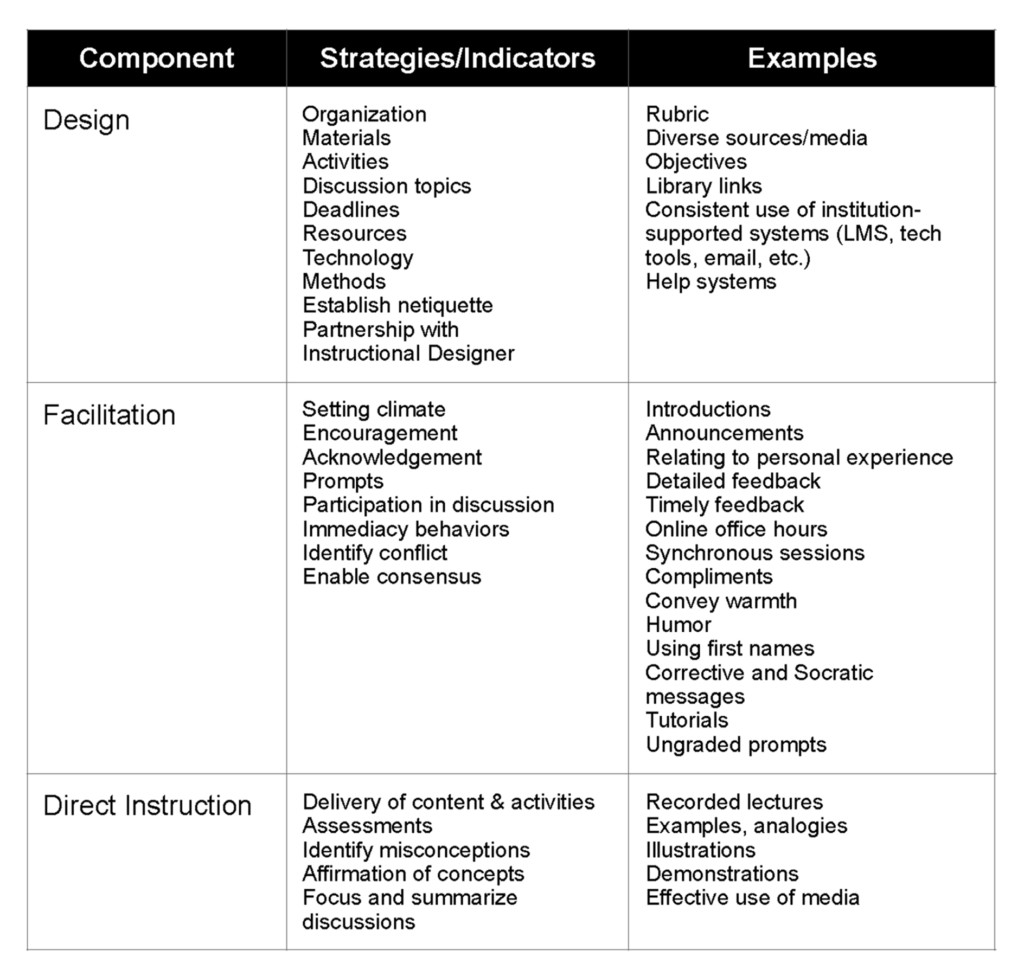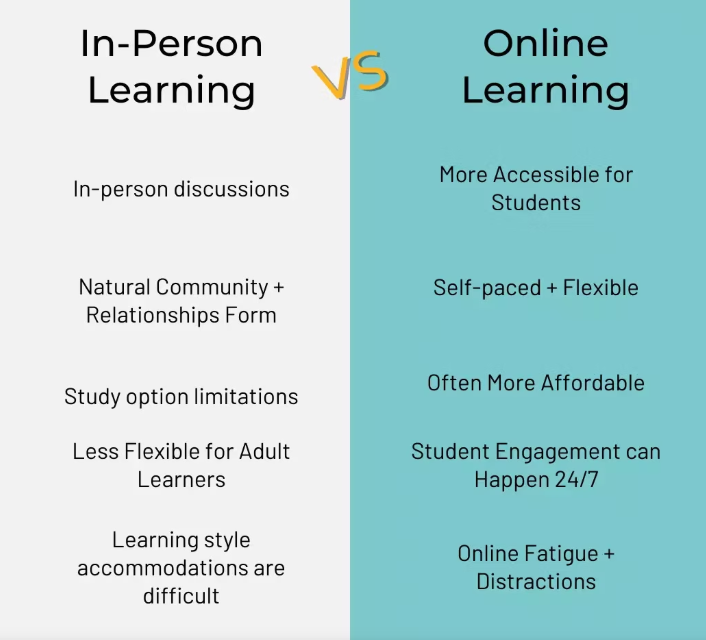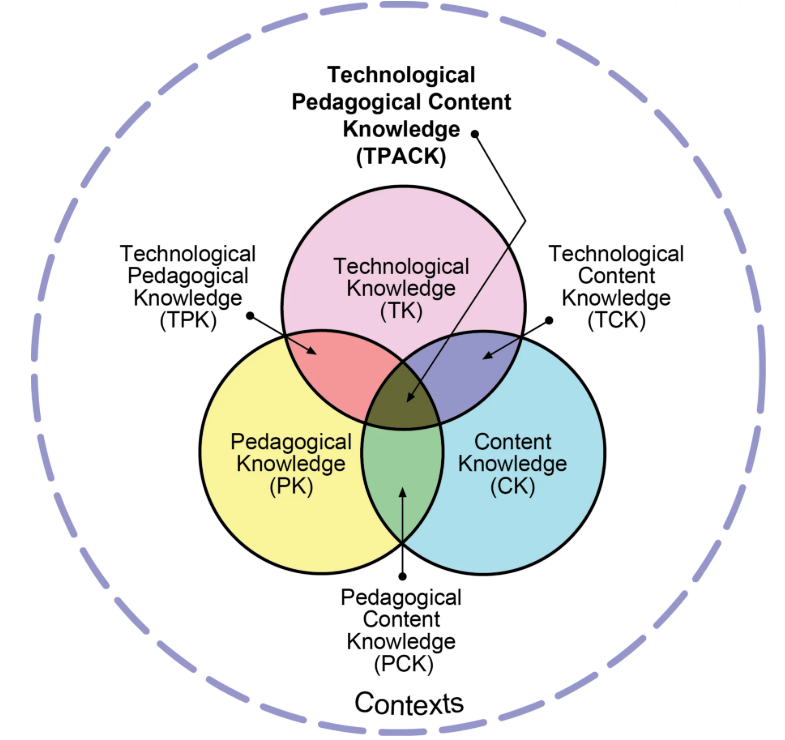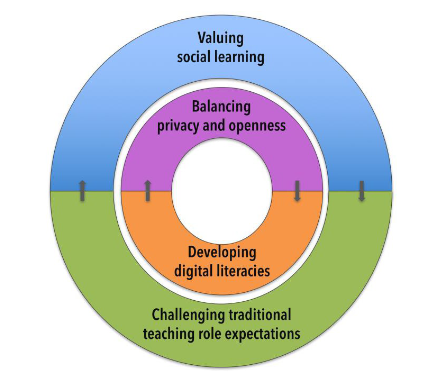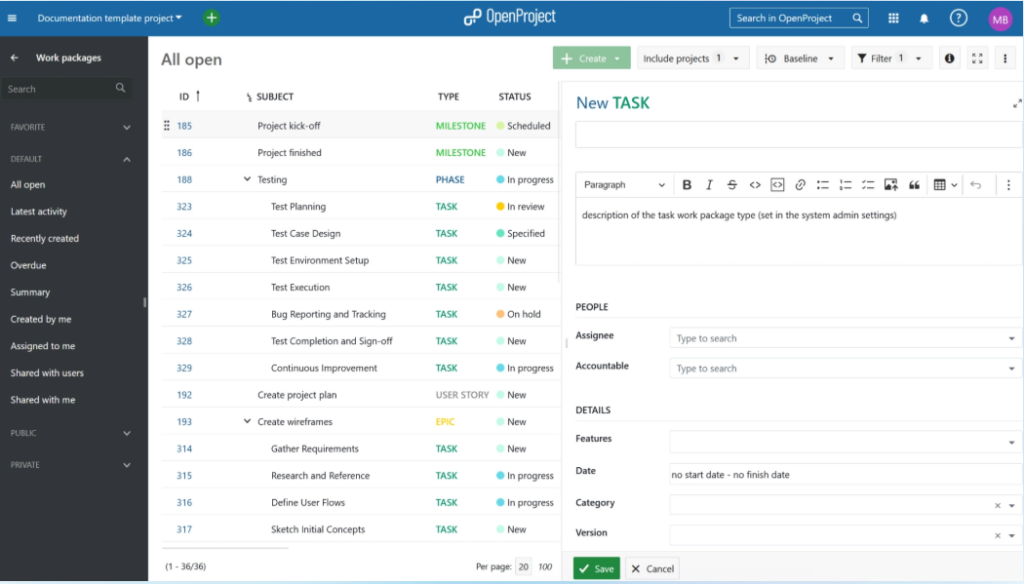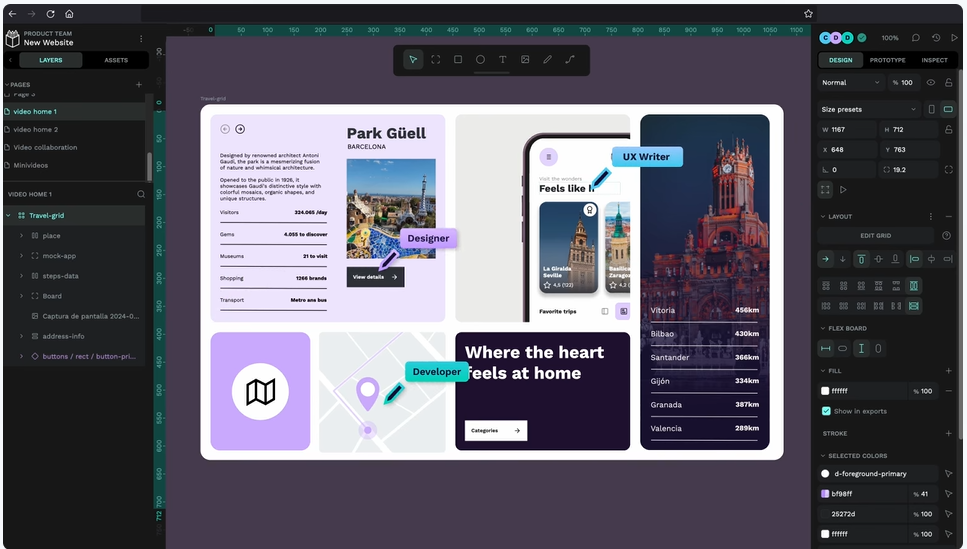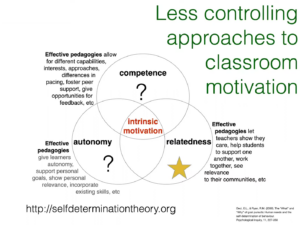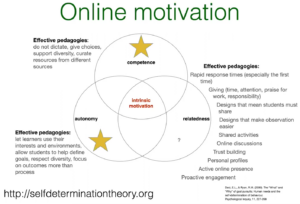In previous weeks, our readings briefly discussed the various ways in which online learning promotes aspects of equality and inclusivity. This is the result of the nature of the concept compared to the rigidity provided via in-person learning. Providing study opportunities at a lower cost, without restriction on location and flexible scheduling is just the beginning of fostering equality and inclusivity in the online learning space.
Learning for All
Universal Design for Learning (UDL), as outlined in this week’s readings by CAST, is a framework or blueprint that allows for curriculum in a way that provides individuals with equal opportunities to learn. The idea is not that UDL is a “one-size-fits-all” approach but it recognizes the needs for flexible teaching and resources to meet all learners where they’re at.
There are three main sections to UDL: Engagement, Representation, and Action & Expression. The below graphic provides an overview of the UDL framework:
Why Care?
Traditional education models align with only certain types of learners. While they are great for those who flourish in that type of setting, it can feel horrible for those who don’t. The essence of learning is to share knowledge and gain understanding. By promoting methods that increase the ability for more people to learn, and learn comfortably, we are increasing the number of perspectives, experiences, ideas, and innovations being brought into the world.
This wonderful video resource by GEM Report UNESCO does a fantastic job explaining why fostering an inclusive environment is so important in education:
Inclusivity in the Open Learning Environment
As noted in the article by Funes and Mackness (2018) sometimes in trying to foster inclusivity in the open online education environment we actually end up excluding learners. For example, some people wish to stay anonymous to protect their privacy in their learning communities can cause them to be excluded from class discussions. We need to constantly be reevaluating our learning materials and teaching methods to ensure what we are offering is being done so in the most accessible, inclusive, and equal way possible.
Looking online, I found a few articles that showcased various tips and tricks regarding to make online learning more inclusive. Some of these ideas include the following:
- Choosing diverse imagery
- Taking into consideration gender, races, ages, nationalities, etc.
- Using inclusive language
- Saying “hey folks” instead of “hey guys”
- Saying “older adults” instead of “seniors”
- Ensuring course content is accessible to learners with varying needs
- Having compatibility with screen readers
- Using appropriate colour contrasts
- Including alternate text
- Having closed captions and transcripts available
- Supporting keyboard navigation
- Offering supports and accommodations to students who need them
References
“About UDL” from CAST http://udloncampus.cast.org/page/udl_about
CommunityTeam. (2021). 4 Ways to Make Your Courses More Inclusive | Articulate – Community. E-Learning Heros. https://community.articulate.com/blog/articles/4-ways-to-make-your-courses-more-inclusive/1149128
Funes, M., & Mackness, J. (2018). When inclusion excludes: A counter narrative of open online education. Learning, Media and Technology, 43(2), 119–138. https://doi.org/10.1080/17439884.2018.1444638
GEM Report UNESCO. (2022, June 22). Inclusion and Education: #AllmeansALL [Video]. YouTube https://youtu.be/kEyjlqixq9c?si=g1os5wQ4eXIH9Rhn
Lambda Solutions. (2023). Creating Inclusive eLearning: Strategies for Ensuring Equal Access and Engagement. https://www.lambdasolutions.net/en/blog/creating-inclusive-elearning-strategies-for-ensuring-equal-access-and-engagement

